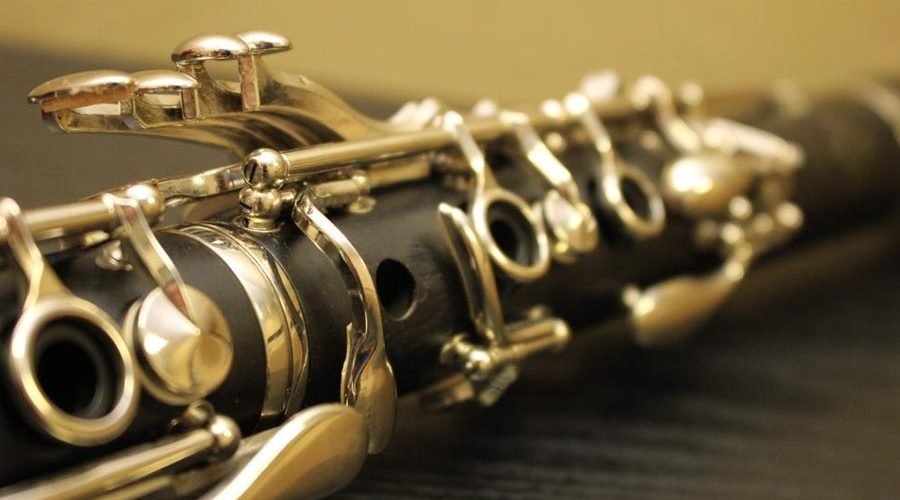As a musician, musical instruments are your closest companions. They are your trusted tool to produce beautiful melodies. One such instrument is the clarinet, which deserves the utmost care and attention. However, taking care of it can be daunting, especially if you’re a beginner. From sticky pads to stubborn oils, it’s easy to make mistakes in the cleaning and maintenance process that could harm its sound quality and longevity. Thanks to this comprehensive guide, you can avoid common pitfalls and keep it in top condition. So, grab your cleaning supplies and dive into the dos and don’ts of maintenance and cleaning of this instrument.
Table of Contents
Do: Clean Your Instrument Regularly
Cleaning your clarinet is one of the essential aspects of maintenance. Regular cleaning removes moisture, dirt, and debris that can build up inside the instrument and affect its sound quality. To clean your instrument, you must disassemble it and use a swab to clean the inside. Then, use a clean cloth to wipe down the exterior, paying special attention to the keys and tone holes. Avoid using water on the instrument, as it can cause damage to the pads and keys.
Don’t: Use Harsh Chemicals or Abrasive Materials
When cleaning, it’s essential to use gentle cleaning solutions and materials. Harsh chemicals and abrasive materials can scratch the keys, damage the pads, or even cause discolouration. Avoid using alcohol or household cleaning products on it, and opt for specialised cleaning solutions instead. Use a soft or a microfiber cloth to clean the instrument’s exterior.
Do: Store Your Instrument Properly
Proper storage is crucial for maintaining your musical instrument’s condition. After playing, you must remove excess moisture from it by swabbing it with a cleaning cloth. Then, store it in its case, ensuring all the pieces are securely in place. Avoid exposing it to extreme temperatures or humidity, as this can cause damage to the pads and wood.
Don’t: Neglect Your Instrument
Neglecting your instrument and ignoring its regular maintenance can lead to significant damage to your instrument. So, keep in mind to schedule regular check-ups with a professional repair technician to catch any potential problems early on.
Do: Handle Your Instrument with Care
When handling your musical instrument, make sure to be gentle and cautious. Avoid dropping or banging it, as this can cause damage to the keys, pads, or joints. When assembling and disassembling the clarinet, do so carefully, not forcing any pieces or twisting the joints. And when transporting, use a sturdy case or bag that provides adequate protection.
Do: Oil the Keys
To ensure that your instrument’s keys move smoothly and quietly, it’s essential to oil them regularly. Use a small amount of essential oil on a clean cloth or swab, and apply it to the moving parts of the keys. Avoid getting oil on the pads or tone holes, as this can cause damage or affect the instrument’s sound.
Don’t: Leave Your Instrument Assembled for Long Periods of Time
Leaving your instrument assembled for extended periods can cause the joints to become stuck or misaligned, affecting playability. When not in use, disassemble it and store the pieces in their case. It will also help prevent damage from accidental bumps or drops.
Do: Replace Pads and Corks When Necessary
Over time, the pads and corks on your instrument may wear down or become damaged. It can affect sound and playability. If you notice that it is not sealing properly or you hear air leaks, it may be time to replace the pads or corks. It is a job best left to a professional repair technician.
By following these dos and don’ts of clarinet maintenance and cleaning, you can help ensure that your instrument stays in top condition for years to come. Regular care and attention can go a long way in extending the life of your musical instrument and preserving its sound quality and playability.





